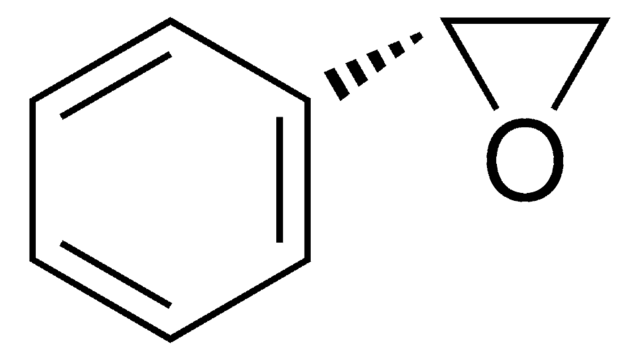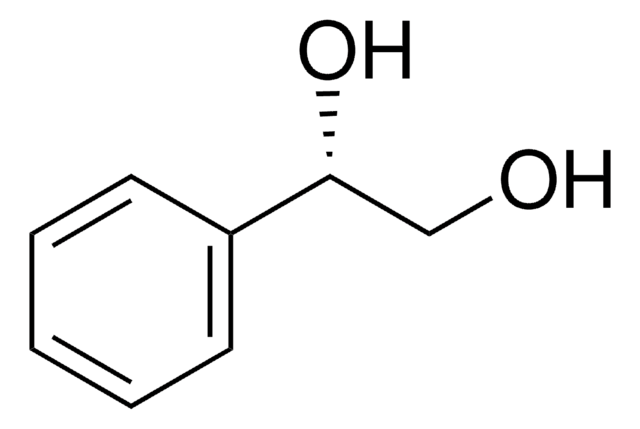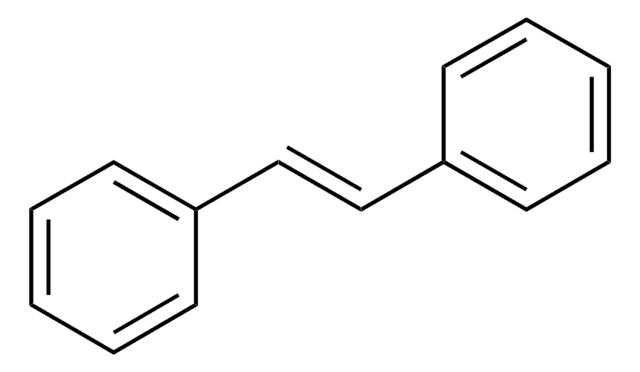540102
(S)-(−)-Styrene oxide

98%, optical purity ee: 98% (GC)
Synonym(s):
(S)-(−)-Phenyloxirane, (S)-Phenylethylene oxide
About This Item
Recommended Products
Quality Level
Assay
98%
optical activity
[α]20/D −33°, neat
optical purity
ee: 98% (GC)
refractive index
n20/D 1.535 (lit.)
bp
192-194 °C (lit.)
density
1.051 g/mL at 25 °C (lit.)
functional group
ether
phenyl
SMILES string
C1O[C@H]1c2ccccc2
InChI
1S/C8H8O/c1-2-4-7(5-3-1)8-6-9-8/h1-5,8H,6H2/t8-/m1/s1
InChI key
AWMVMTVKBNGEAK-MRVPVSSYSA-N
Looking for similar products? Visit Product Comparison Guide
General description
Application
Caution
Signal Word
Danger
Hazard Statements
Precautionary Statements
Hazard Classifications
Acute Tox. 3 Dermal - Acute Tox. 3 Inhalation - Aquatic Chronic 2 - Carc. 1B - Eye Irrit. 2 - Skin Irrit. 2
Storage Class Code
6.1C - Combustible acute toxic Cat.3 / toxic compounds or compounds which causing chronic effects
WGK
WGK 3
Flash Point(F)
174.2 °F - closed cup
Flash Point(C)
79 °C - closed cup
Personal Protective Equipment
Choose from one of the most recent versions:
Already Own This Product?
Find documentation for the products that you have recently purchased in the Document Library.
Customers Also Viewed
Our team of scientists has experience in all areas of research including Life Science, Material Science, Chemical Synthesis, Chromatography, Analytical and many others.
Contact Technical Service












